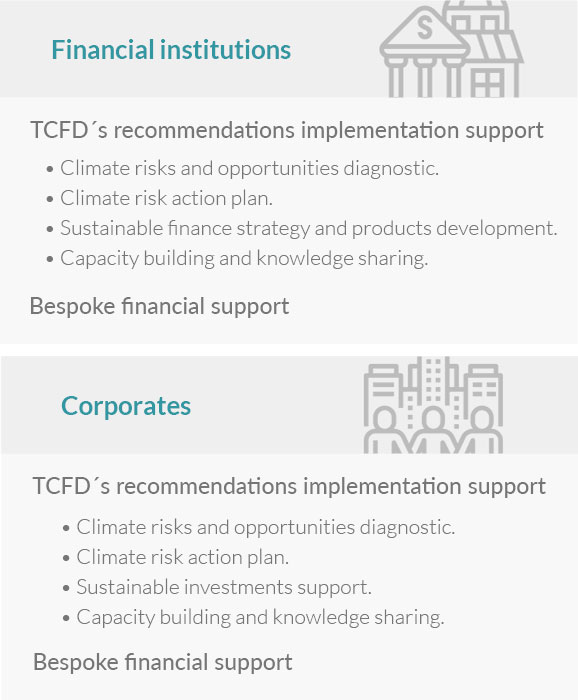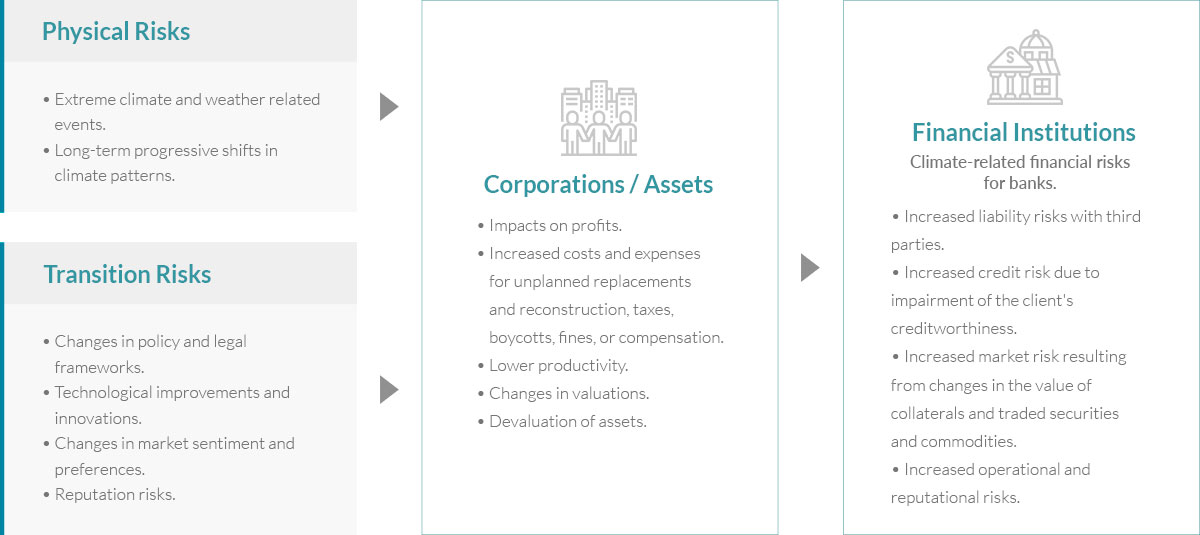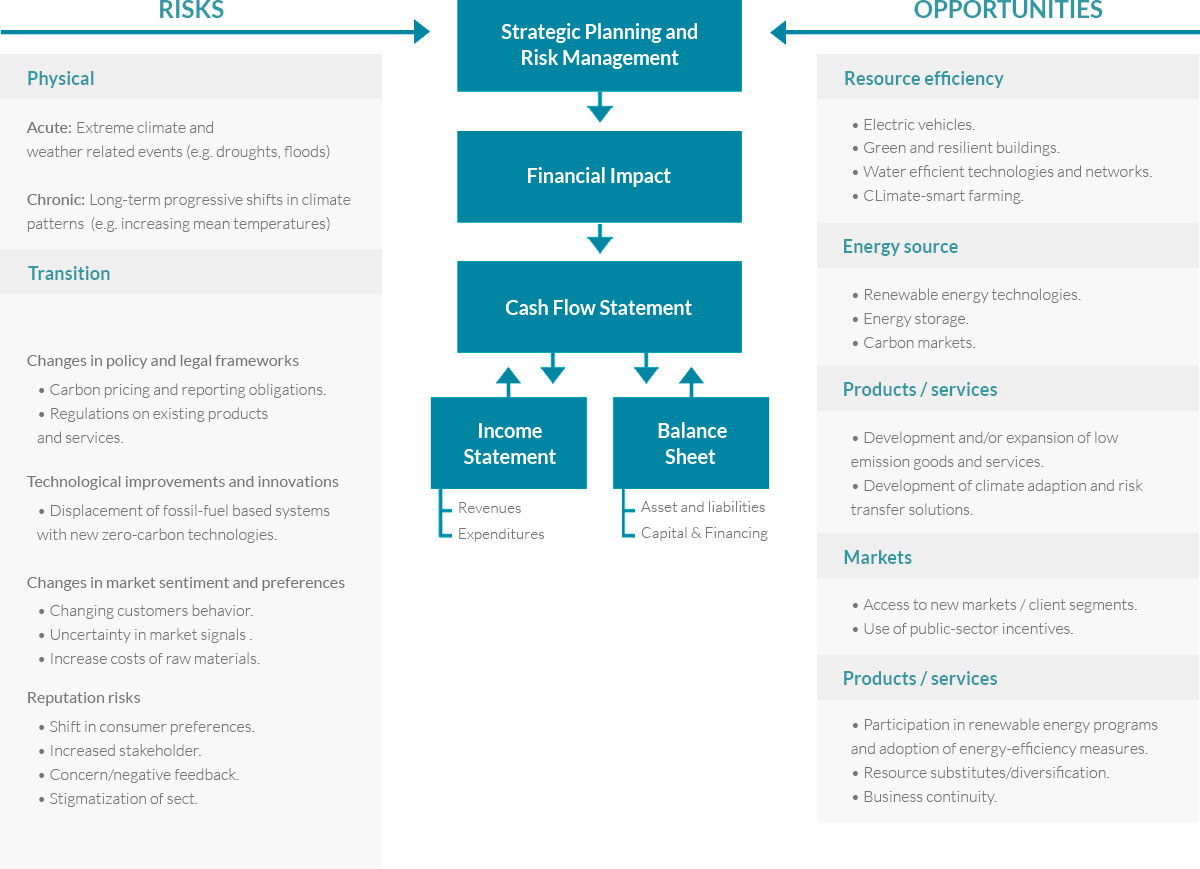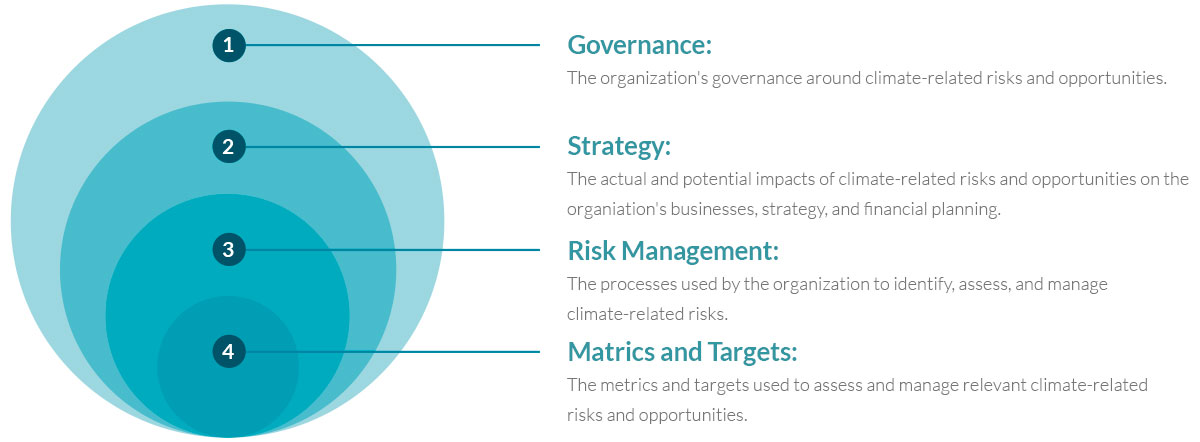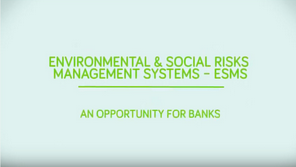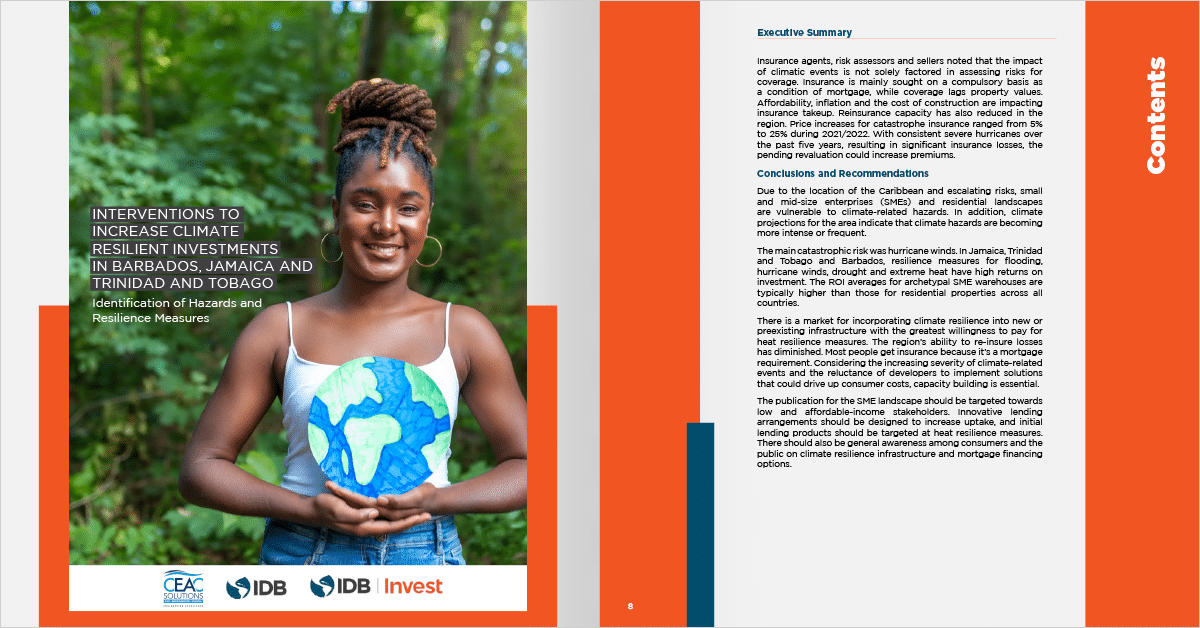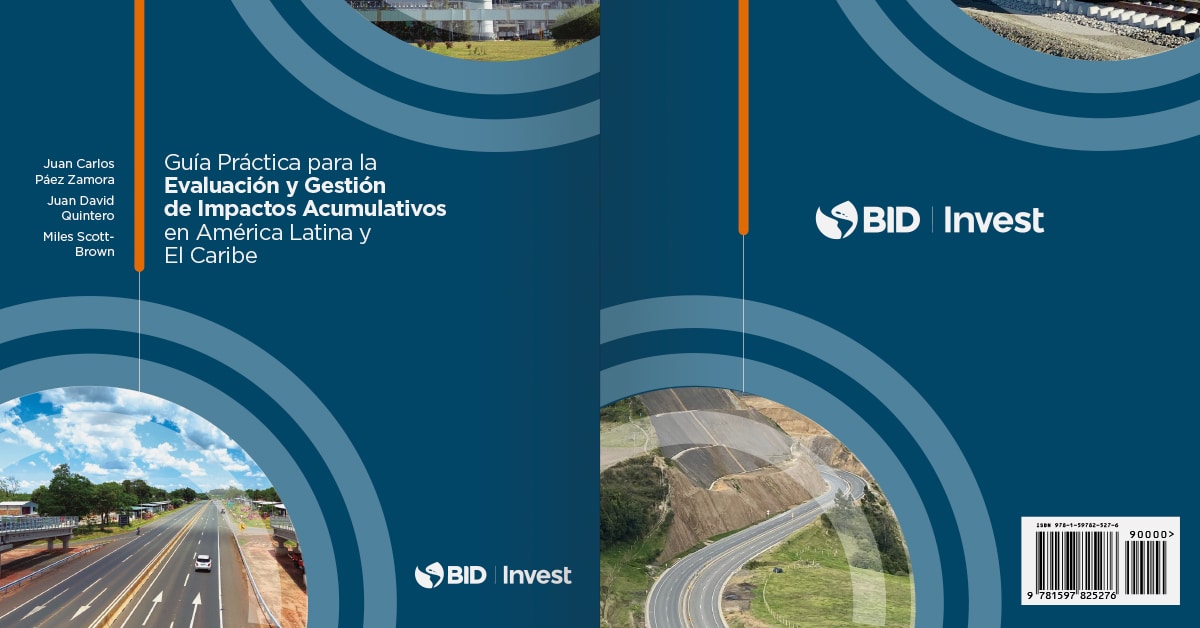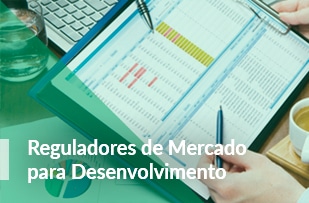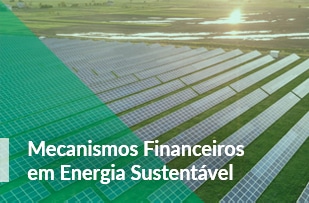Climate Risk for Development
Climate change, and society’s response to it, present financial risks and opportunities to financial institutions and corporates. These risks, or opportunities, can stem from two primary channels:- Physical risks arise from the physical effects of increasingly severe and frequent climate and weather-related extreme events such as droughts, floods or hurricanes, and from longer-term progressive shifts in climate patterns such as increasing mean temperatures and changes in precipitation. These events can result in direct damages to property and other infrastructures, disrupt supply chains or impact of agricultural output, thereby reducing asset values and companies’ profitability.
- Transition risks arise from the process of adjustment towards a carbon-neutral economy and be prompted by changes in policy, regulations, technology, or market sentiment. Policy changes could for instance take the form of restrictions on carbon emissions, the implementation of carbon pricing or the tightening of energy efficiency standards. These changes can translate in rapid reassessment of a wide range of asset values through unanticipated or premature write-downs of carbon-intensive industries.
Scope of Activities
The IDB Group supports its clients in identifying, assessing, and managing climate-related risks and opportunities. It does so through an integral offering encompassing:Innovative Solutions
Financial and non-financial solutions supporting investments in climate solutions.
Business Models
Design and piloting of innovative business models.
Task Force on Climate-related Financial Disclosures (TCFD)
Implementation of the TCFD’s recommendations.
Thematic Bonds
Issuance of thematic bonds.
Intersectoral Dialogue
Promotion of public-private dialogues on the topic through its Innovation LABs, and actively foster international knowledge sharing.
IDB Group’s climate risk-related support activities
Why climate risks?
Climate-related risks influence the characteristics of traditional risk types and affect how those risks impact financial institutions. For banks, for instance, climate-related risks can manifest as increased credit risk, market risk, liquidity risk and operational risk. .Primary channels for climate-related financial risks
NO SE ENCONTRARON PROYECTOS
Recursos
 Mantenha-se informado sobre o Financiamento Verde
Mantenha-se informado sobre o Financiamento Verde













